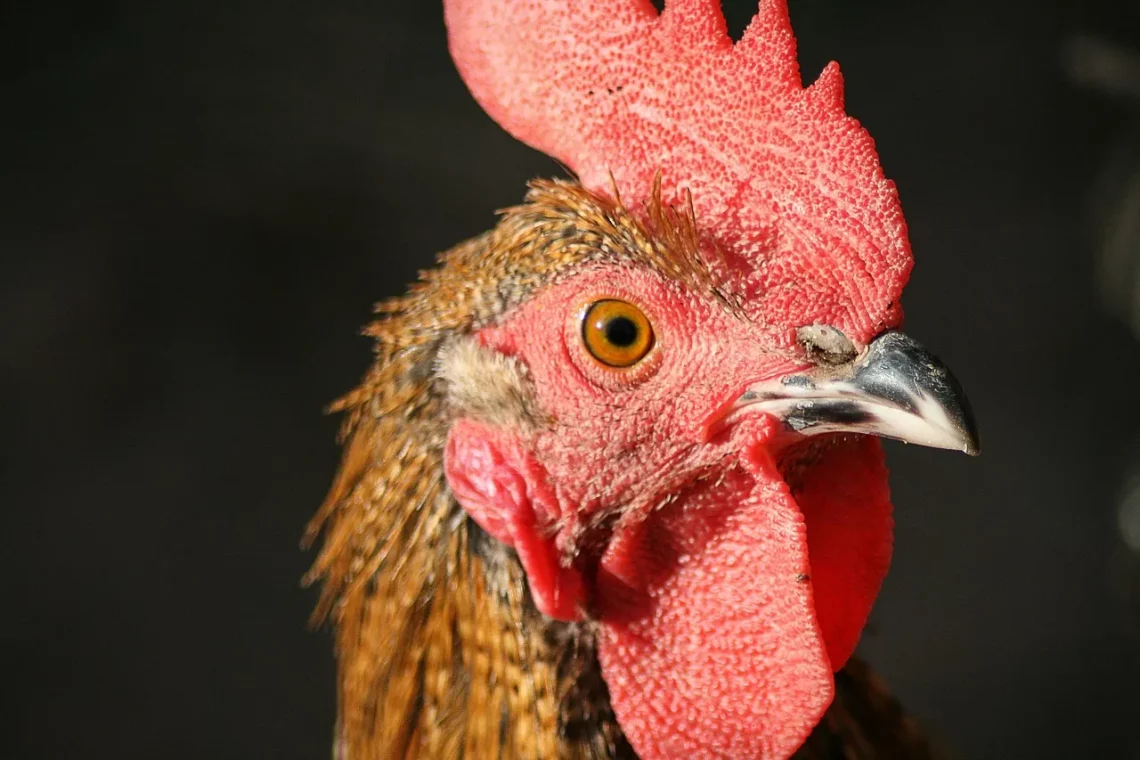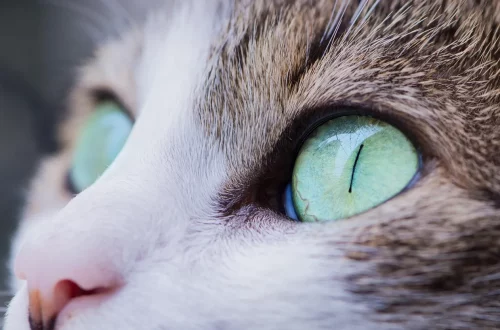
Understanding Chicken Pooping: What Every Poultry Owner Should Know
Understanding the nuances of poultry care is essential for anyone venturing into the world of chicken ownership. Chickens are not only valued for their eggs and meat but also for their unique behaviors and needs. Among these aspects, understanding chicken excretion is a critical component of responsible poultry management. Chicken droppings, prevalent in any chicken coop or backyard, may not be the most glamorous subject, but they hold significant clues about the health and well-being of your flock.
The droppings of chickens can vary in appearance, smell, and consistency, all of which can provide insights into their diet, hydration levels, and overall health. For new poultry owners, the sight of chicken poop may be alarming or puzzling, but learning to interpret these signs is essential. Proper disposal and management of chicken waste are not only important for maintaining a clean living environment for your birds but also for preventing the spread of diseases and ensuring the health of your flock.
As you delve deeper into the world of chicken care, understanding their droppings can help you identify potential health issues early on. This knowledge can empower you to take proactive measures, ensuring that your chickens remain healthy and productive. In this article, we will explore the characteristics of chicken droppings, their implications for health, and effective management strategies for poultry owners.
Understanding the Composition of Chicken Droppings
Chicken droppings are composed of various components that reflect the bird’s diet and health status. Primarily, chicken excrement consists of feces and urates, which are the solid and liquid waste products, respectively. The fecal matter is primarily made up of undigested food particles, bacteria, and other organic materials. The urates, on the other hand, are a byproduct of protein metabolism and can appear as a white, chalky substance atop the feces.
Diet plays a significant role in the appearance and consistency of chicken droppings. Chickens that are fed a high-protein diet, such as those containing soy or fish meal, may produce droppings that are more watery and have a stronger odor. Conversely, a diet rich in grains and greens can lead to firmer droppings that are less odorous.
Hydration levels also impact the consistency of chicken droppings. Chickens that are well-hydrated will produce droppings that are moist but not excessively watery. In contrast, dehydration can lead to very dry and crumbly droppings. It is essential for poultry owners to monitor the water intake of their chickens, especially in hot weather or during periods of stress.
Color changes in chicken droppings can also indicate dietary shifts or health problems. Healthy droppings are typically brown or greenish-brown, reflecting a balanced diet. However, if you notice bright green, yellow, or even bloody droppings, it could signal an underlying health issue that requires immediate attention from a veterinarian.
Understanding the composition of chicken droppings is crucial for maintaining a healthy flock. By paying attention to their droppings, poultry owners can gain valuable insights into their chickens’ diets and overall health.
Common Health Indicators in Chicken Droppings
Chicken droppings can serve as a diagnostic tool for poultry owners, providing insight into the health of their birds. By observing changes in the appearance, consistency, and smell of droppings, you can detect potential health issues early on.
One of the most common indicators of health problems is the consistency of the droppings. Watery droppings can indicate issues such as coccidiosis, a parasitic infection that affects the intestines. If you observe that your chickens are producing excessively watery droppings, it is essential to consult a veterinarian for a proper diagnosis and treatment.
Another critical health indicator is the color of the droppings. Healthy droppings are typically brown or deep green. If you notice bright yellow droppings, this may indicate liver issues or a dietary deficiency. Similarly, red or bloody droppings can be a sign of serious health problems, including internal bleeding or parasitic infections. These symptoms should never be ignored, and prompt veterinary attention is crucial.
The smell of chicken droppings can also reveal a lot about your flock’s health. While all chicken droppings have a distinct odor, an overly pungent smell can indicate the presence of bacteria or an imbalance in the gut flora. If you detect an unusual odor, consider reevaluating your chickens’ diet, ensuring they have access to clean water, and consulting with a veterinarian if necessary.
In addition to these indicators, monitoring your chickens’ behavior in correlation with their droppings can provide valuable insights. If your chickens are lethargic, not eating, or exhibiting unusual behavior alongside changes in droppings, this may signal a more significant health issue that requires attention.
Effective Management of Chicken Waste
Proper management of chicken waste is essential for maintaining a healthy and productive flock. Not only does effective waste management contribute to the overall cleanliness of the coop, but it also plays a crucial role in preventing the spread of diseases and parasites.
One of the most effective ways to manage chicken droppings is through regular cleaning of the coop. Daily or bi-weekly cleaning can prevent the buildup of waste, which can lead to health issues for your birds. Removing droppings regularly ensures a clean living environment and helps reduce unpleasant odors.
Composting chicken waste is another excellent method of management. Chicken droppings are rich in nitrogen, making them an excellent addition to compost piles. When combined with carbon-rich materials such as straw or wood shavings, chicken manure can break down into nutrient-rich compost, which can be used to enrich garden soil. However, it is essential to ensure that the compost reaches appropriate temperatures to kill any harmful pathogens before using it in your garden.
Another strategy for managing chicken waste is to use deep litter methods. This practice involves adding a thick layer of bedding material, such as straw or wood shavings, to the coop. As chickens move around, their droppings mix with the bedding, creating a composting effect that helps control odors and keeps the environment dry. Regularly adding fresh bedding can enhance this system’s effectiveness and promote a healthier living space for your flock.
In terms of health and sanitation, providing adequate space for your chickens is crucial. Overcrowded conditions can lead to increased stress and health issues, which can, in turn, affect the quality of their droppings. Ensuring that your chickens have enough room to roam and engage in natural behaviors can significantly improve their overall health and well-being.
Recognizing Behavioral Changes Linked to Droppings
Chickens are creatures of habit, and any changes in their behavior can often be linked to their health and well-being. Observing your flock’s behavior in conjunction with their droppings can provide valuable insights into potential health issues that may arise.
For instance, if you notice that your chickens are spending more time than usual sitting or isolating themselves, this could be a sign of discomfort or illness. When chickens are feeling unwell, their droppings may also change in consistency or color. Lethargy coupled with abnormal droppings should prompt an immediate assessment of their health status.
Additionally, changes in appetite can signal underlying health issues. If your chickens are not eating as much as they typically do, it can lead to changes in their droppings. A decrease in food intake may result in smaller, drier droppings. Conversely, an increase in water intake without an accompanying change in diet may lead to more watery droppings.
Social behaviors are also important indicators. Chickens that are healthy and comfortable will often display social behaviors such as scratching, pecking, and dust bathing. If you observe that your chickens are becoming increasingly aggressive or withdrawn, it could be a reflection of stress, discomfort, or illness. Monitoring these behaviors alongside changes in droppings can help you identify and address potential health issues early.
Finally, keeping a diary or log of your chickens’ behaviors and droppings can be an effective strategy. This will allow you to track any changes over time and provide valuable information to a veterinarian if health issues arise.
In summary, understanding and managing chicken droppings is a vital part of poultry ownership. By recognizing the significance of droppings in relation to diet and health, you can ensure your flock remains healthy and productive.
—
**Disclaimer:** This article is not intended as medical advice. If you suspect health issues with your chickens or any other poultry, it is always best to consult a veterinarian for professional guidance.




